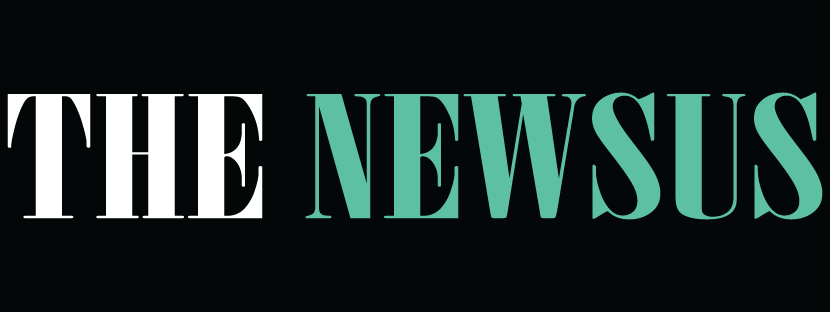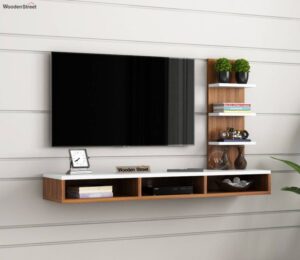LTCC and HTCC Market Poised for Steady Growth, Reaching USD 5.40 Billion by 2033
New York, NY – October 1, 2025 – The LTCC and HTCC market is experiencing robust momentum, valued at USD 3.96 billion in...
New York, NY – October 1, 2025 – The LTCC and HTCC market is experiencing robust momentum, valued at USD 3.96 billion in 2024 and projected to surge to USD 4.10 billion in 2025. By 2033, this dynamic sector is anticipated to hit USD 5.40 billion, fueled by a consistent compound annual growth rate (CAGR) of 3.49% from 2025 to 2033. As co-fired ceramic technologies continue to revolutionize electronics packaging, the LTCC and HTCC market underscores its pivotal role in high-performance applications across automotive, telecommunications, and beyond.
Co-fired ceramics, encompassing low-temperature co-fired ceramics (LTCC) and high-temperature co-fired ceramics (HTCC), enable the integration of conductive, dielectric, and resistive materials into monolithic microelectronic devices. These versatile solutions power everyday components like capacitors, resistors, inductors, and hybrid circuits, while advancing multi-layer packaging for RF systems, MEMS, microprocessors, and military electronics. With LTCC sintering below 900°C to accommodate metals like silver, copper, and gold, and HTCC reaching up to 1,600°C for robust materials such as zirconia and alumina, the LTCC and HTCC market caters to diverse needs for compactness, thermal management, and durability.
For a complete analysis, actionable insights, and strategic guidance, purchase the full report here :https://straitsresearch.com/report/ltcc-and-htcc-market/request-sample
Key Growth Drivers Shaping the LTCC and HTCC Market
The automotive sector dominates the LTCC and HTCC market, commanding the largest share and poised for sustained leadership through 2033. Escalating integration of sensors and electronic devices in vehicles is unlocking fresh avenues for expansion. HTCC excels in next-gen components like LED and LD headlight packaging, alongside DCB circuit substrates, while LTCC delivers superior sensing in harsh, confined environments. As the industry accelerates toward software-defined vehicles and electric vehicles (EVs), strategic investments are amplifying opportunities—highlighting the LTCC and HTCC market’s alignment with electrification trends.
Wireless communication is another powerhouse, leveraging LTCC’s high dielectric constant, low loss, and thermal conductivity for Bluetooth modules, mobile front-ends, and WLAN applications. The shift to 5G operations, with its millimeter-wave frequencies (28-40 GHz), is creating new frontiers. Telecom giants are channeling resources into LTCC filters and substrates to minimize signal attenuation, ensuring high-speed, low-latency connectivity. These advancements in microwave and millimeter-wave tech are set to propel the LTCC and HTCC market forward.
Navigating Challenges and Unlocking Opportunities in the LTCC and HTCC Market
While the LTCC and HTCC market thrives on innovation, hurdles like HTCC’s elevated sintering costs and LTCC’s post-firing shrinkage—impacting board tolerance and size—pose constraints. Yet, these are overshadowed by immense potential, particularly in 5G ecosystems. Ongoing R&D in low-loss materials and manufacturing processes is mitigating signal loss, positioning LTCC as a cornerstone for efficient high-frequency devices.
Regionally, Asia-Pacific leads the LTCC and HTCC market with a commanding 42% share in 2021 and a projected CAGR of 4.1%, driven by booming automotive, consumer, and industrial electronics in China, Japan, South Korea, and India. North America follows as the fastest-growing hub at 3.9% CAGR, generating USD 1.21 billion, thanks to surging demand for LTCC PCBs in wireless, aerospace, and power electronics. Europe’s EV boom and Central/South America’s energy investments further bolster global prospects, while the Middle East and Africa’s manufacturing diversification signals emerging demand.
For a complete analysis, actionable insights, and strategic guidance, purchase the full report here :https://straitsresearch.com/report/ltcc-and-htcc-market/request-sample
Segment Spotlight: Automotive and LTCC Lead the Charge
- By Product: The LTCC segment reigns supreme, forecasted to grow at 3.9% CAGR, thanks to its cost-effective, high-conductivity substrates ideal for microwave, RF, and automotive uses. HTCC complements with superior mechanical strength and heat dissipation for demanding applications.
- By Application: Automotive holds the top spot at 3.2% CAGR, powering ECUs, sensors, and drive-by-wire systems. Telecommunications is a close contender, with LTCC enabling compact RF modules and antenna arrays for 5G and beyond.
Key players steering the LTCC and HTCC market include Hitachi Metals Ltd., Koa Corporation, Kyocera Corporation, Maruwa Co. Ltd., Micro Systems Technologies, Murata Manufacturing Co. Ltd., NGK Spark Plug Co. Ltd., Nikko Company, TDK Corporation, and Yokowo Co. Ltd. Recent innovations, such as Kyocera’s human augmentation prototypes in October 2022 and Micro Systems Technologies’ neuromodulation partnership in March 2021, exemplify the sector’s forward-thinking ethos.
As the LTCC and HTCC market evolves, stakeholders are urged to capitalize on these trends for enhanced competitiveness. For deeper dives into LTCC and HTCC market forecasts, growth factors, and strategic insights, explore comprehensive analyses tailored to your business needs.


